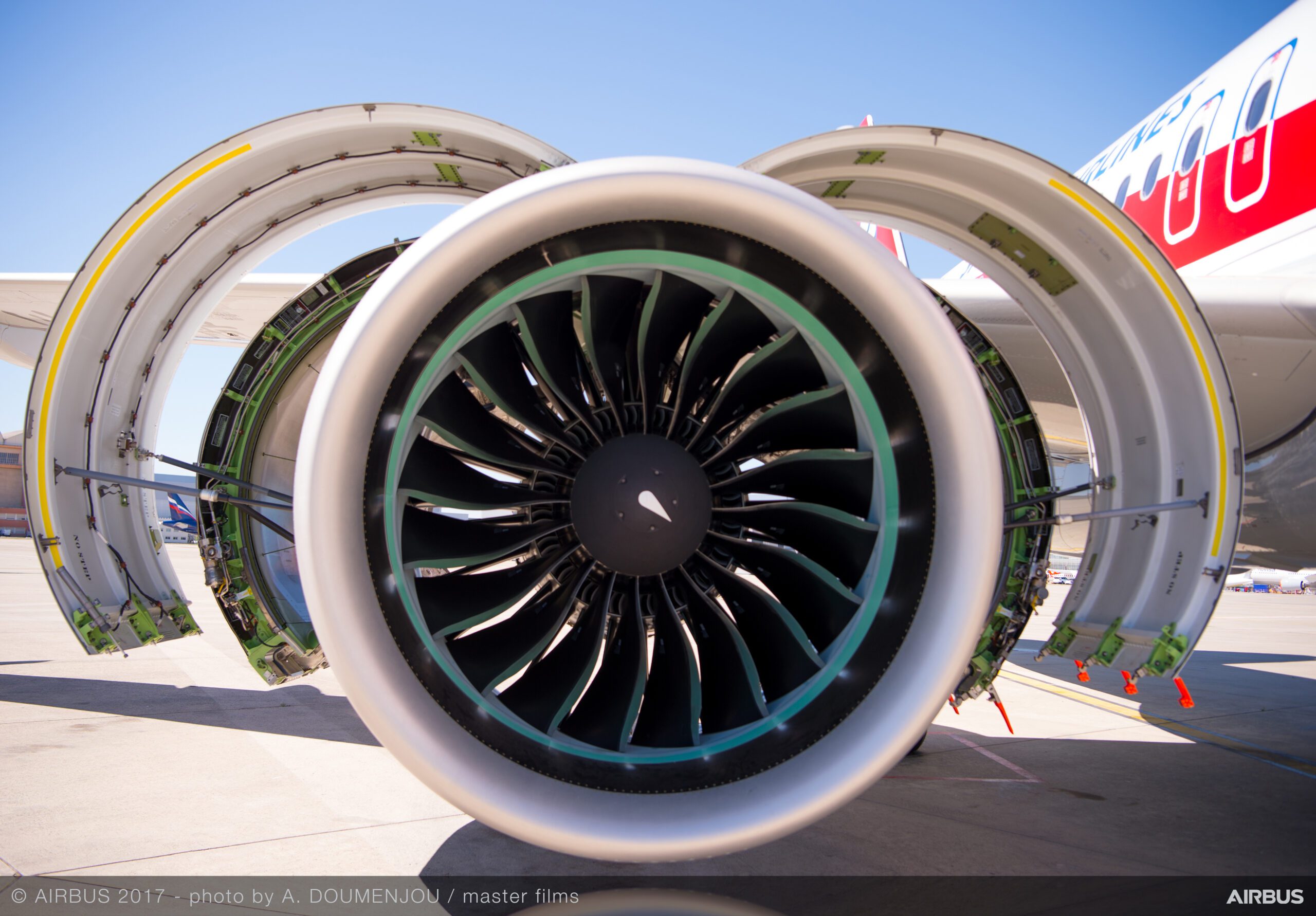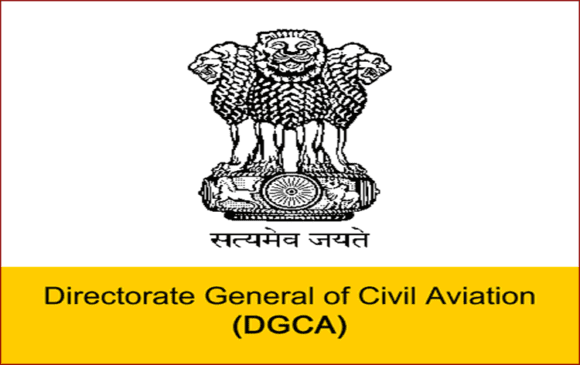
A320neo Sichuan Airlines MSN7540 details scaled
UPDATE JUNE 24 – There is light at the end of the tunnel for the durability issues of the Pratt & Whitney Geared Turbofan (GTF). The number of engines that are coming into the repair shops for repairs and upgrades was lower in May than the number that have completed the work. Although repairs still take considerable time, this is a slight improvement of the situation that has plagued the GTF for a few years now. Pratt & Whitney reaches turning point with GTF in May.
A spokesperson for P&W didn’t specify the numbers of incoming and outgoing GTFs in May. She also stressed that industry-wide supply chain pressures and labor shortages continue to affect engine availability to customers, which results in increased turnaround times in maintenance, repair, and overhaul (MRO) shops. Aircraft On Ground (AOG) rates should come down through the end of 2023.
On the GTF issues, P&W President Shane Eddy said during a media briefing on Wednesday: “This is the result of gaps in our industrial performance, this is not the result of the performance of the engine. The engine is delivering on the commitments we made for reduced fuel burn and emissions, and lower noise.” The GTF has a dispatch reliability of 99.96 percent and time on wing is better than that of the V2500 engine at the same stage of that program, said Shane.
P&W held its Investor’s Day at the Paris Airshow, in which it said that approximately ten percent of the GTF-powered fleet is currently out of service, awaiting an engine. “The company is balancing both growing production rates and higher utilization as the supply base recovers and is making strong progress. For example, structural casting production is up over forty percent year to date compared to 2022.” Airfoil production has increased by 75 percent over the last twelve months and will go up by another 25 percent when a new facility in Nashville is operational later this year.
Various durability upgrades
As reported before P&W is working hard on various durability upgrades. This includes the latest- configuration Block D hardware, which has now been deployed in sixty percent of the fleet. This should grow to over ninety percent in the next two to three years. Block D was introduced in Q4 of 2020 and includes improved hot section durability, new erosion coatings, and expansion of rotating part lives.
A new oil sealing dramatically reduced engine removal rates on the PW1100G-JM for the A320neo family. A similar update as Block D.1 should be available in 2024 on the PW1500G and PW1900G for the Airbus A220 and Embraer E2-series. The package also includes further improvements on hot section cooling. In 2025, some ten years after entry into service of the GTF, the introduction is planned of Block D.2 with further changes to the airfoil coatings and advanced hot section durability.
“This latest build standard alleviates removal drivers with longer-life parts, including life-limited parts (LLPs) like integrally bladed rotors (IBRs), a more durable combustor, and improvements to oil seals and turbine airfoils. All told, the Block D time on wing is double the prior configuration.”
“The maturity progression we’ve planned for the GTF is comparable to our track record on the V2500 engine,” said Matt Teicholz, Vice President of Engineering of the GTF. “We have more design enhancements ahead in 2024 and 2025 to further improve durability, including improved turbine and combustor hole drilling techniques and modified cooling hole patterns.”
Except for the engine upgrades, P&W will also increase the global GTF MRO capacity in both its own shops and that of network partners. For example, Embraer will have GTF capacity in Portugal and Poland, but this will not be available until 2025. By hiring hundreds of new employees and inserting new technologies, operational efficiency should improve.
“We are focused on growing GTF engine aftermarket output by increasing material availability and expanding global capacity across the GTF engine MRO network,” said Rick Deurloo, President of Commercial Engines. There are now twelve repair shops around the world. Capacity will double in 2028 compared to today.
P&W President Shane Eddy (left) presented an update on the GTF modifications during a media briefing on Wednesday. Steve Timm, President of Collins Aerospace sits next to him. (Richard Schuurman)
GTF Advantage
Pratt & Whitney really hopes to leave the current troubles behind when it introduces the GTF Advantage, the upgraded version that is currently being flight-tested. The Advantage should enter service on the Airbus A320neo family not long after certification, which is planned for the middle of 2024. So far, the Advantage has accumulated more than 3.000 hours and nearly 9.000 cycles.
“The GTF Advantage engine is fundamentally a more durable configuration, thanks in part to aerodynamic improvements and increased airflow through the low-pressure compressor,” said Teicholz. “We’ve designed the GTF Advantage engine to run cooler while delivering higher takeoff thrust. We’re now bolstering our commitment to improving durability, especially in hot and harsh environments, with enhancements across the hot section of the engine.”
The engine includes advanced technologies to address hot section distress. The high-pressure turbine (HPT) has an advanced airfoil design with improved coatings. The HPT and combustor will also feature optimized cooling hole size, shape, and location, with improved hole drilling techniques to reduce oxidation.
Shane Eddy confirmed that the Advantage will be available on the A320neo family only, but some of the improvements will be brought back into the base GTF for the A220 and E2. “It is a major investment we are making. The program was launched in 2019. This is a derivative engine, not a component upgrade, intended to be a performance upgrade for the A320 aircraft, bringing not only durability but also increased performance. Once we certify the Advantage, there will be a transition period where we cut over production from the base program to the Advantage. Once we have that at full rate, it will be the production standard for the whole fleet.”
P&W has invested time and money in extensive endurance testing to advance product maturity at entry into service, including dirt ingestion testing to simulate harsh environments. CFM and Rolls-Royce also said in Paris that they have improved and upped testing and are now able to better simulate sand ingestion of the engine.
Views: 138





